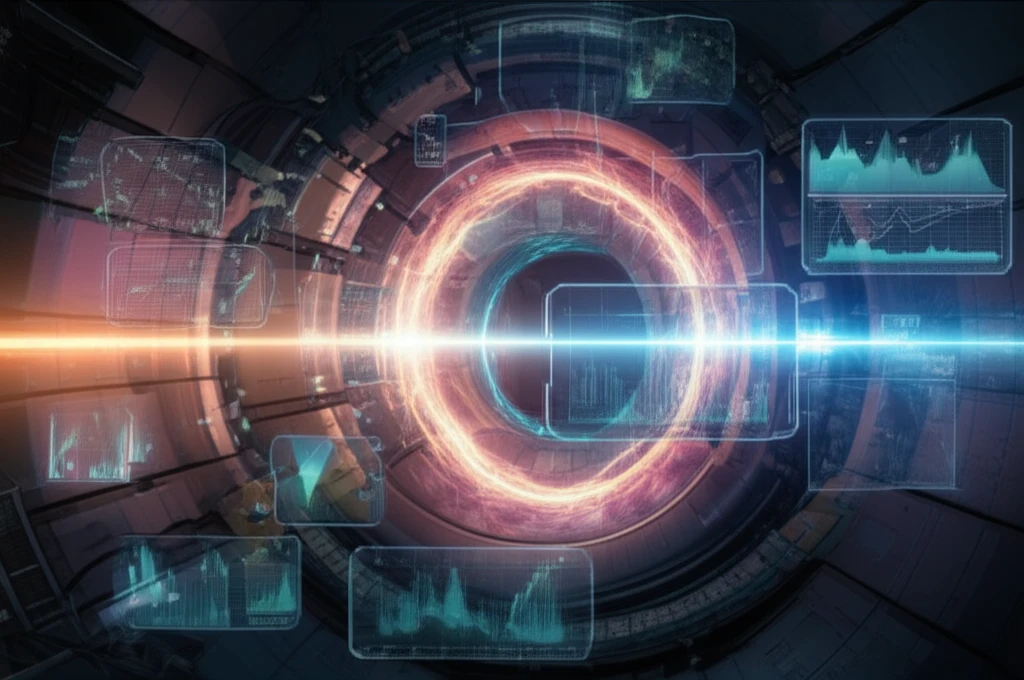
Fusion Breakthrough: How a Novel Calibration Method is Powering Up Clean Energy
"Discover how cutting-edge advancements in plasma diagnostics are paving the way for safer and more efficient fusion energy, potentially solving our future energy needs."
Imagine a world powered by clean, virtually limitless energy. That's the promise of nuclear fusion, a process that mimics the sun's ability to generate power. But harnessing this energy on Earth is no easy task. It requires containing superheated plasma, a state of matter where electrons are stripped from atoms, within incredibly strong magnetic fields. Keeping this plasma stable and under control is crucial for efficient energy production and preventing potentially dangerous disruptions.
At the forefront of fusion energy research is the Joint European Torus (JET), a leading experimental fusion reactor located in the UK. JET plays a vital role in testing and refining the technologies needed to make fusion power a reality. One of the key challenges at JET, and in all fusion reactors, is accurately measuring and controlling the plasma. This requires sophisticated diagnostic tools, including devices called polarimeters.
A polarimeter is a diagnostic instrument that uses lasers to measure properties of the plasma, such as its density and the magnetic fields within it. These measurements are essential for monitoring the plasma's stability and making real-time adjustments to maintain control. Recently, scientists at JET have developed a novel calibration method for their polarimeter, significantly improving its accuracy and reliability. This breakthrough is not just a technical achievement; it's a crucial step forward in making fusion energy a viable option for the future.
What is the Novel Calibration Method and Why Does It Matter?

The heart of this advancement lies in a new way of calibrating the polarimeter. Calibration ensures that the instrument provides accurate readings by comparing its measurements against known standards. The traditional calibration methods had limitations, especially in the harsh environment of a fusion reactor where high temperatures and strong magnetic fields can interfere with measurements.
- Enhanced Accuracy: Provides more precise measurements of plasma density and magnetic field, leading to better control.
- Real-Time Capability: Allows for continuous monitoring and adjustments, crucial for preventing plasma disruptions.
- Self-Validation: Incorporates a system for verifying the accuracy of the data, increasing confidence in the results.
The Future of Fusion Energy is Bright
This calibration method isn't just a win for JET; it's a potential blueprint for future fusion reactors, including ITER, the international fusion experiment currently under construction in France. By improving our ability to measure and control plasma, we're moving closer to a future where fusion energy can provide a safe, sustainable, and abundant source of power for all.
